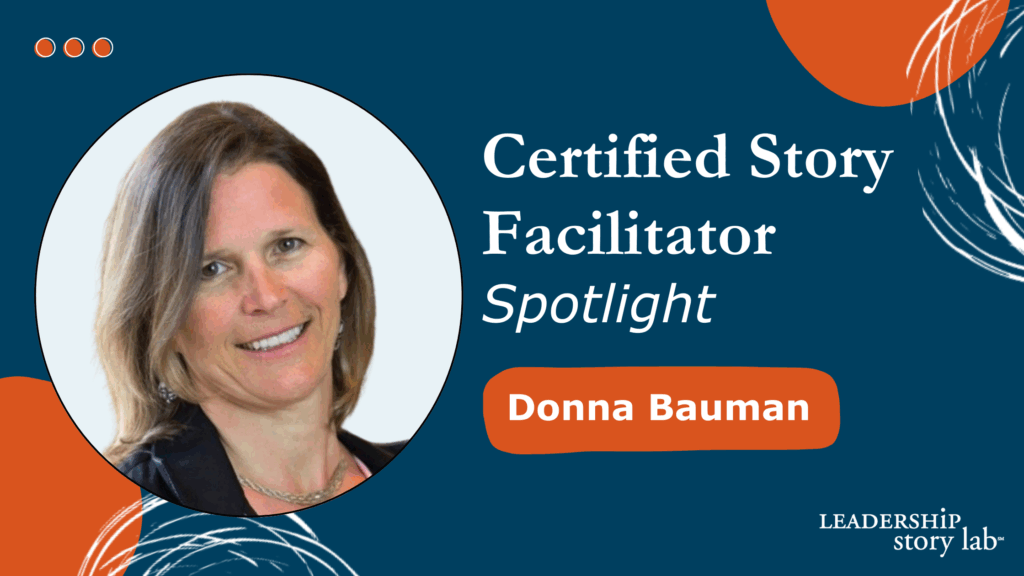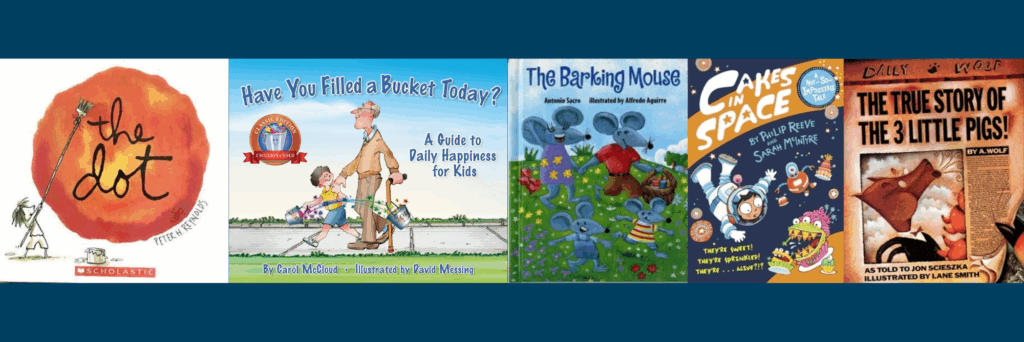February 7, 2025 / Leadership Story Lab
 Is your company going through organizational changes? It may surprise you to learn that more and more companies are “seeking socially adept leaders—not charismatic smooth-talkers.” This is what researchers Raffaella Sadun and Joseph B. Fuller found in their study of thousands of executive job descriptions over a nearly two decade period. In their Harvard Business Review feature “What Companies Want Most in a CEO is a good listener” they shared that companies are looking for “executives who listen empathetically, welcome input, and rally the workforce around a common goal.”
Is your company going through organizational changes? It may surprise you to learn that more and more companies are “seeking socially adept leaders—not charismatic smooth-talkers.” This is what researchers Raffaella Sadun and Joseph B. Fuller found in their study of thousands of executive job descriptions over a nearly two decade period. In their Harvard Business Review feature “What Companies Want Most in a CEO is a good listener” they shared that companies are looking for “executives who listen empathetically, welcome input, and rally the workforce around a common goal.”
When you use authentic storytelling to help you communicate more effectively, you employ all of these sought after executive qualities — and it can lead to transformation. That’s been Chuck’s experience. In the last year, Chuck Rohrig’s department has been going through significant organizational changes and storytelling has helped him lead his team through it, by learning both how to communicate with intention and facilitate transformative storytelling experiences for his direct reports.
A U.S. Navy Veteran, Chuck has dedicated much of career to USAA, a financial services organization providing members of the military and their families with insurance, banking, advice and retirement solutions. In 2024 alongside five of his USAA colleagues, Chuck completed our Certified Story Facilitator training. We got a chance to catch up with Chuck to learn more about his role at USAA and see how he was applying CSF. Our conversation has been edited for clarity and length.
Leadership Story Lab: What prompted you to seek Certified Story Facilitation (CSF)? How did you know the kind of training you wanted?
Chuck: So I am an executive director for customer advocacy for USAA Insurance. Auto and property insurance. That’s another way of saying that we handle complaints. When we have a complaint, my team acts as advocates for the customer — to see where we may have made a mistake and make things right or have another shot at explaining to a customer something they may not have understood.
Part of what we do is analyze the themes, the root causes of why people are complaining to try to shape a narrative and provide actionable insights to our business partners that are in claims or in policy service to equip them by understanding the things that are creating pain for customers. Something like, “Hey, people are really confused about their bill, really confused about why their rates went up, or people are really confused why they’re not able to reach their adjuster.”
The problem that I kept running into was that I was saying the same thing every month. And so that’s the initial reason for me pursuing this storytelling training. Because not only do I need to be a good storyteller about the themes for complaints, but I also need to be a good storyteller for my own team in the near future.
My boss at the time was getting spun up on the course and thought it would be good for all of us to participate.
USAA adopted storytelling as a new item in their corporate strategic scorecard. To support the development of this new skill in their executives, they wanted to find a structured training with tools and techniques to help senior leaders improve storytelling skills and coaching capabilities. USAA approached Leadership Story Lab and in 2024, Chuck alongside five other USAA colleagues completed our Certified Story Facilitator training together.
For Chuck one of the most powerful outcomes of CSF was leading four of his direct reports through the Paired Introductions, the signature storytelling exercise that participants learn to facilitate in CSF Level 1. This exercise focuses on active listening and the power of asking Crazy Good Questions to help write an intriguing introduction that can be used in conferences, meetings, bios and other professional and personal introduction opportunities. During the session he saw one of his reports transformed by the power of storytelling.
LSL: Can you tell us more about the experience of facilitating that final project with your team?
Chuck: The Paired Introductions was part of the course that I have described as magical. When I was doing the facilitation, it was exciting. It was thrilling to lead people through that material and seeing them all leaving like they’ve been involved in a TED talk.
One of them had an epiphany about herself because she had considered herself very risk-averse, very conservative, but then through the exercise I led and her sharing a little bit about herself and hearing other people tell her story, she realized she was actually a huge risk taker.
She was like, “I didn’t realize that there’s another side of me. I’d been so focused on just the risk averse side.” In other words, she wasn’t giving herself enough credit. She left with a very different perception of herself. It was really cool.
It’s almost like when you learn you have a gift. It seemed like she he just realized something really great about herself and it was so amazing to be there when it happened.
I only did it with four people and I have 11 direct reports. And all of them want it. So I need to put more dates on the calendar to do the Paired Introduction with my other direct reports.
While in CSF, Chuck’s role changed and in his new role he would be in charge of implementing a large-scale change for his department. While he no longer needed to deliver the monthly reports on themes of complaints, he was now in charge of leading his team through one of the biggest organizational changes in years. The organizational changes were aimed at helping the organization address efficiencies and resolve complaints faster. In this new role, he sees storytelling as crucial.
LSL: Tell us more about your new role.
Chuck: A good portion of my job is still storytelling.
I’m the first executive that’s been solely dedicated to this team. And so my job has been to get this team right-sized, scoped properly, and risks controlled. My day to day is meeting with people in risk and compliance. My team looks at efficiencies and how we can resolve complaints faster, working with IT and tech to help us with technology improvements.
There’s a lot of misconceptions about the health of complaints on the insurance side and we’re overall okay. But a lot of the senior leaders had a perception that things are broken and so I need to do a better job at getting the right messaging funneled up so that the senior leaders can chill.
Right now, we’ve implemented the biggest organizational changes in years.
LSL: How has what you learned in CSF impacted your day-to-day work?
Chuck: I’m a lot more intentional. When there’s a big moment for me to communicate something, I need to be able to be a good executive leader for this team. They’re amazing people, but anytime there’s a big change, we can freak out.
That’s why with that first message a couple months ago, where I shared about the change, I spent a ton of time shaping and reshaping and practicing that story and getting it tight, not too long.
Making sure that the first part is zippy, there’s a good hook, following IRS.
IRS is a signature storytelling framework used in CSF to help shape brief, brilliant stories. The acronym stands for: I – intriguing beginning. R – riveting middle. S – satisfying end.
LSL: How did you approach communicating the new organizational changes in your team?
Chuck: When I did the initial announcement, I wanted them to be able to listen to me.
One of the first things I said was, “You’re going to hear a lot about change today, but I want to start off with this: nobody is going to lose their job.”
I repeated that two more times. I felt really weird doing that. But it got everyone’s attention and everyone was able to let their guard down. I wasn’t going to get their attention until I said those words.
But after I did, then I was able to remind them of the difficult times that we’ve had in the past 18 months. I tried to reach them emotionally because that was a very difficult period for everybody.
After sharing the news about the upcoming organizational changes, Chuck wanted to help them see the exciting opportunities ahead. Job roles were going to change, but people were going to have opportunities to learn new skills and step into new roles.
Toward the end I tried to tie it up with the message, “Hey, it’s going to be okay. It’s going to be bumpy. I’m expecting things to get rocky. It’s going to get worse before it gets better, but we’re in this together. We’re going to get there together.”
Overall, I felt like they got what they needed. That they were satisfied.
It was a really great start. The problem is after that, I think a lot of them lost that message and that’s part of my lessons learned. I could have done a better job at re-engaging at the right times with the right messages. Instead I did open office hours where they could ask me questions, but there wasn’t more push messaging coming from me.
During the initial launch, I wanted to make sure that I had all of the elements of a good message and that’s where I can do better. I saved storytelling for the big moments. I need to get more into the practice of bringing it into more of the day-to-day, week-to-week kind of opportunities. I don’t want to be walking past opportunities to tell a short but very powerful story.
For that reason, I’ve really enjoyed the monthly sessions. I have loved those because it’s helped me practice hearing somebody and helping them tell a better story and then also like getting feedback on something that I shared. Every time I’ve joined, I’ve come away feeling like I got another rep in, you know? So I love that we’ve got those.
All CSFs are invited to join Leadership Story Lab’s Professional Development Series, which is a supportive community where CSFs keep learning and growing together with new ideas and frameworks during monthly calls together. Some deep dives include exploring literature and leadership, neurolinguistic programming, word play, AI, the power of great questions, among others.
—
Are you the kind of executive who listens empathetically, welcomes input, and rallies the workforce around a common goal? Does your leadership skill match with how executive job descriptions have been trending in the past two decades? And, do you want to be equipped to tell brief, brilliant stories that will help your team embrace the upcoming change?
Learn more about how becoming a Certified Story Facilitator can help you.
Related Articles
The Heart Of Business Storytelling: How To Show Up And Perform Your Best
Better Every Story
Leadership Transformation through Storytelling
"This is an amazing and insightful post! I hadn’t thought of that so you broadened my perspective. I always appreciate your insight!" - Dan B.
Get Esther Choy’s insights, best practices and examples of great storytelling to your inbox each month.




